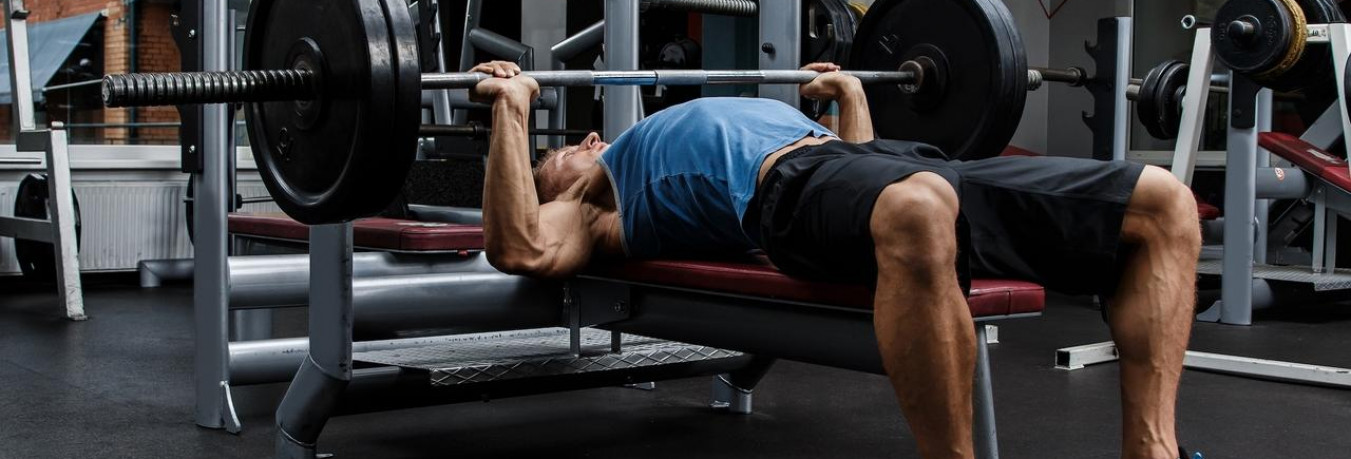
Which Is Better: Low Reps Or High Reps?
Sep 27, 2018 mindpumpLow reps vs. high reps. Which is better? Honestly, it depends on your goals: strength or size?
Specificity For Strength
To an extent, getting stronger means you’re building muscle. And getting bigger muscles means you’re probably building a bit of strength as well.
A big part of getting stronger with extremely heavy loads is neural adaptation. Basically, your central nervous system gets better at firing motor neurons, to produce movement. The more your practice lifting heavy loads, the more efficient your body gets at the process, allowing you to lift more weight, without necessarily building more muscle.
So if your goal is purely to lift heavy weight, lift lots of heavy weights for low reps.
Hypertrophy
Training for hypertrophy means your main focus is on increasing the size of your muscles. If hypertrophy is your goal, your rep ranges don’t need to be near as specific.
You can build muscle in a wide variety of rep ranges, if effort is similar. The effort put into the set is key.
Essentially, if you’re lifting light weight, you need to be able to push it to 1-3 reps of failure to force muscle adaptation. This is the concept of effective reps.
Effective reps
As you fatigue a muscle, you must continuously recruit more muscle fibers to finish the set. As you get closer to failure, reps become more effective at stimulating muscle growth, because you’re fatiguing more muscle fibers.
Reps closer to failure stimulate more muscle growth than reps further from failure. “Effective reps”.
Let’s say you’re squatting. You do 12 reps with a weight you could do for 30. Not gonna create much change. You’re simply not recruiting very many muscle fibers at this point.
Now say you do 5 reps with a weight you could only do for 7. Despite doing fewer reps, this set will still elicit more change. The set was taken much closer to failure, and more muscle fibers were fatigued during the process.
Anywhere in the 3-30 rep range can give you similar muscle gain, but you need to be able to push the weight to 1-3 reps from failure.
Exercise Specific Considerations
All that considered, some exercises lend themselves better to the low-moderate rep ranges.
Imagine yourself doing a 30 rep sets of barbell squats, with the 30th rep bringing you to the brink of failure. Do you feel sick yet? I do. At the least, you’ll be sucking wind by the end of the set.
To muster a similar effort the next set, you’re going to need a lot of recovery time between sets. Compare to a set of 10 to near failure, where 2-3 minutes rest is plenty. For the sake of time, the compound movements generally are more efficient in the low to moderate rep ranges.
Isolation exercises are a different story. The goal is to isolate a specific muscle group. Loading isolation exercises too heavy forces other muscle groups to compensate. Ever try to test your 3 rep max on lateral raises? Isolation exercises lend themselves better to higher reps. The goal of isolation exercises isn’t to overload a muscle group with as much weight as possible. Compound exercises do that much more effectively.
Your focus on isolation exercises should be creating more “metabolic stress” (creating a pump, feeling the desired muscle burn). This is beneficial to hypertrophy, and much easier to achieve in the higher rep ranges.
If your goals are purely strength based, lift mostly in the low rep ranges.
If your goals are a mix of strength and aesthetics, train in a variety of rep ranges for the best results.







